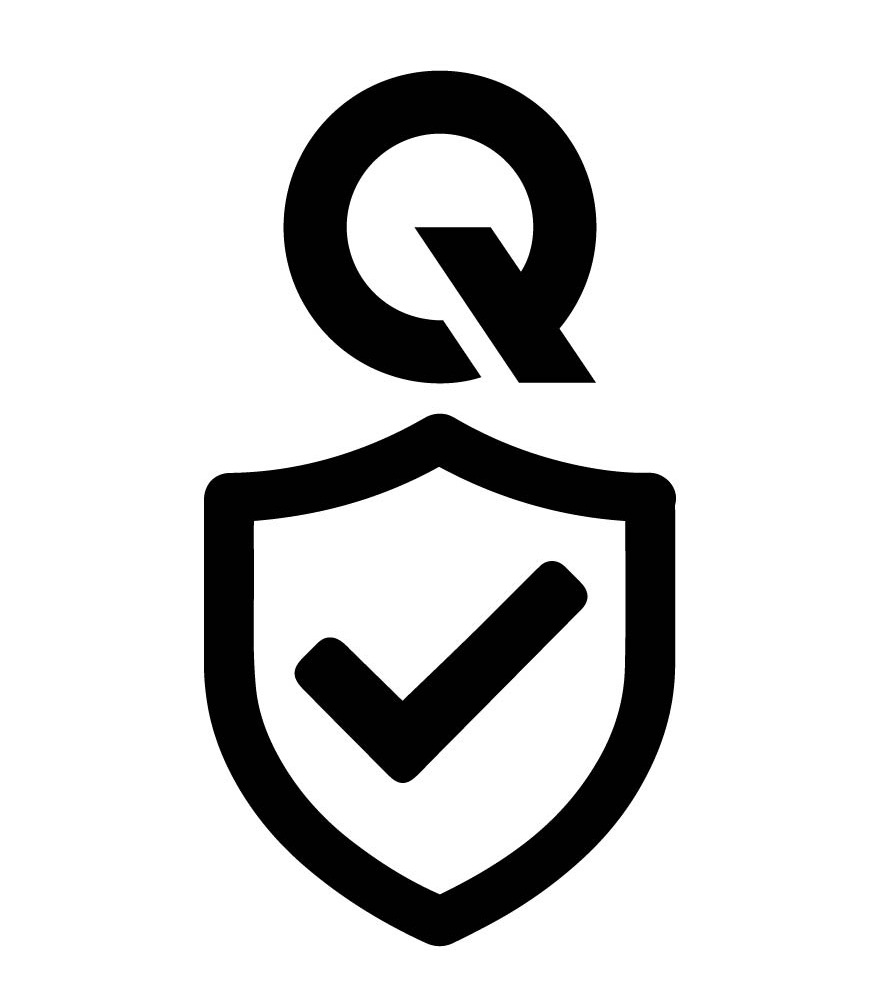September 1, 2025
The True Cost of Skipping QA in a Release

In boardrooms and sprint reviews, there’s often a familiar tension:
“Do we really need to run a full QA cycle? Can’t we ship now and patch later?”
On paper, skipping QA may look like saving time and money. In reality, it’s a gamble that can cost far more than it saves.
Let’s unpack why.
The Hidden Costs of Skipping QA
1. Downtime That Stops Growth
Every hour of system downtime isn’t just an IT issue. It’s lost revenue, abandoned carts and frustrated customers. Industry research shows downtime can cost businesses thousands of pounds per minute. For a scaling company, even a single broken feature can erase months of marketing investment in an instant.
2. Lost Trust, Harder to Rebuild
Users don’t see “technical debt.” They see broken experiences. Once trust is damaged, customers rarely give second chances. Poor quality can silently drive churn rates up, no matter how strong your product vision is.
3. Increased Technical Debt
A bug discovered post-release often takes 3–5x longer to fix than if it were caught during QA. What looked like a shortcut becomes a long detour, slowing down every future release.
4. Reputation on the Line
In today’s connected world, users don’t just leave quietly - they post, tweet and review. Skipping QA isn’t just a product risk, it’s a brand risk.
Why QA Matters in Software Development
QA isn’t about finding bugs. It’s about protecting growth.
1. Safeguarding business-critical flows
Payments, sign-ups, logins. If these fail, your entire product stalls.
2. Ensuring release confidence
Teams ship faster when they know safety nets are in place.
3. Reducing rework
QA best practices ensure you’re building forward, not firefighting backward.
In short: QA is less about testing software and more about testing risk.
QA Best Practices for Releases
If you want to release with confidence, here’s what leaders prioritise:
- Automate where it counts – Free up your team by automating repetitive flows.
- Prioritise critical paths – Focus on what drives revenue and customer trust first.
- Build QA into the sprint, not after it – Quality isn’t a phase, it’s a culture.
- Keep visibility open – Transparent QA reports mean no surprises before launch.
The Real Mindset Shift
Instead of asking “How much does QA cost?”, forward-thinking leaders ask:
“What is the cost of skipping QA?”
When you see QA as growth insurance rather than an expense line, every release becomes a strategic move — not a gamble.
Takeaway for Leaders
QA isn’t about slowing you down. It’s about protecting your speed, your customers and your reputation. Companies that invest in QA don’t just release software — they release trust, confidence and growth.
